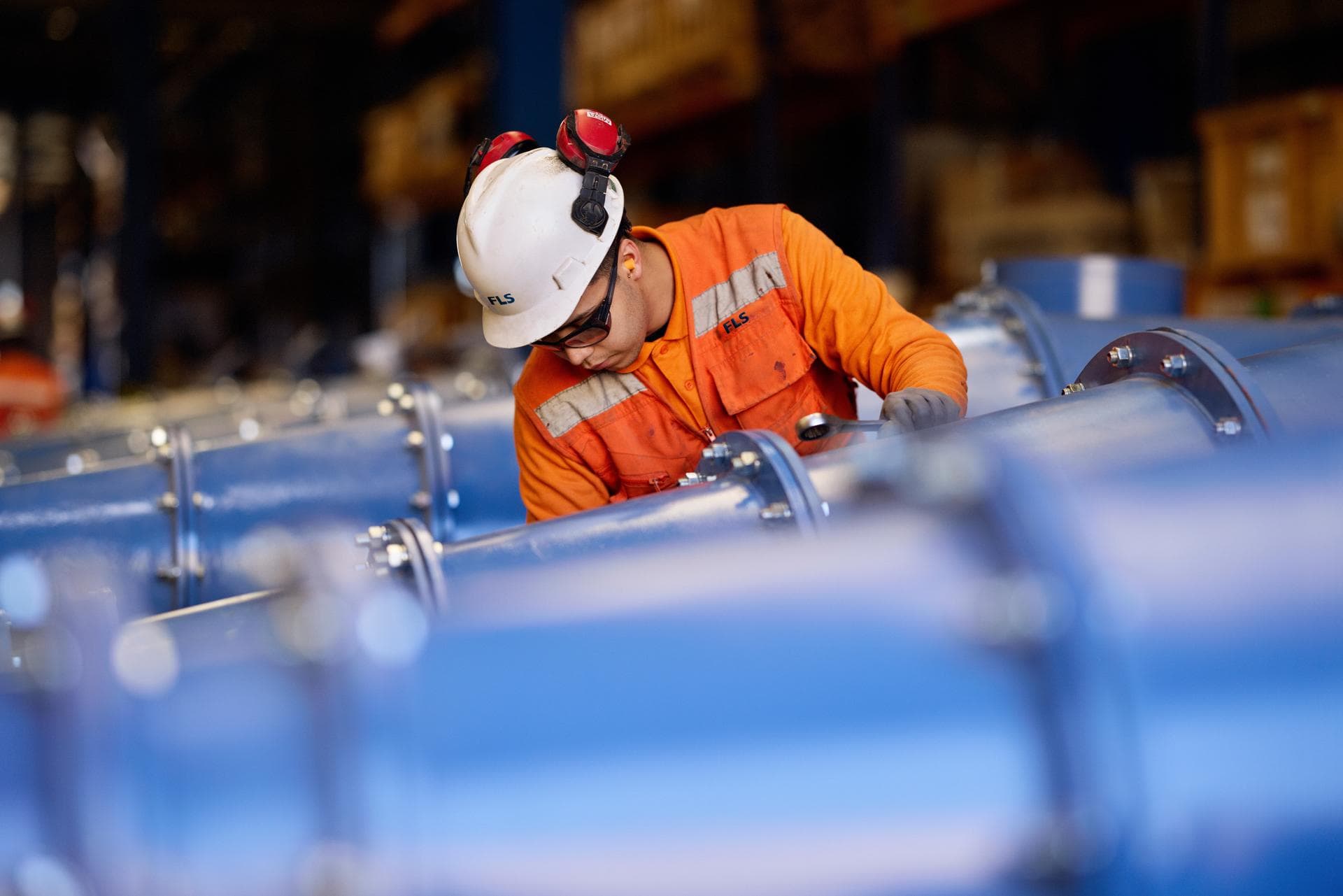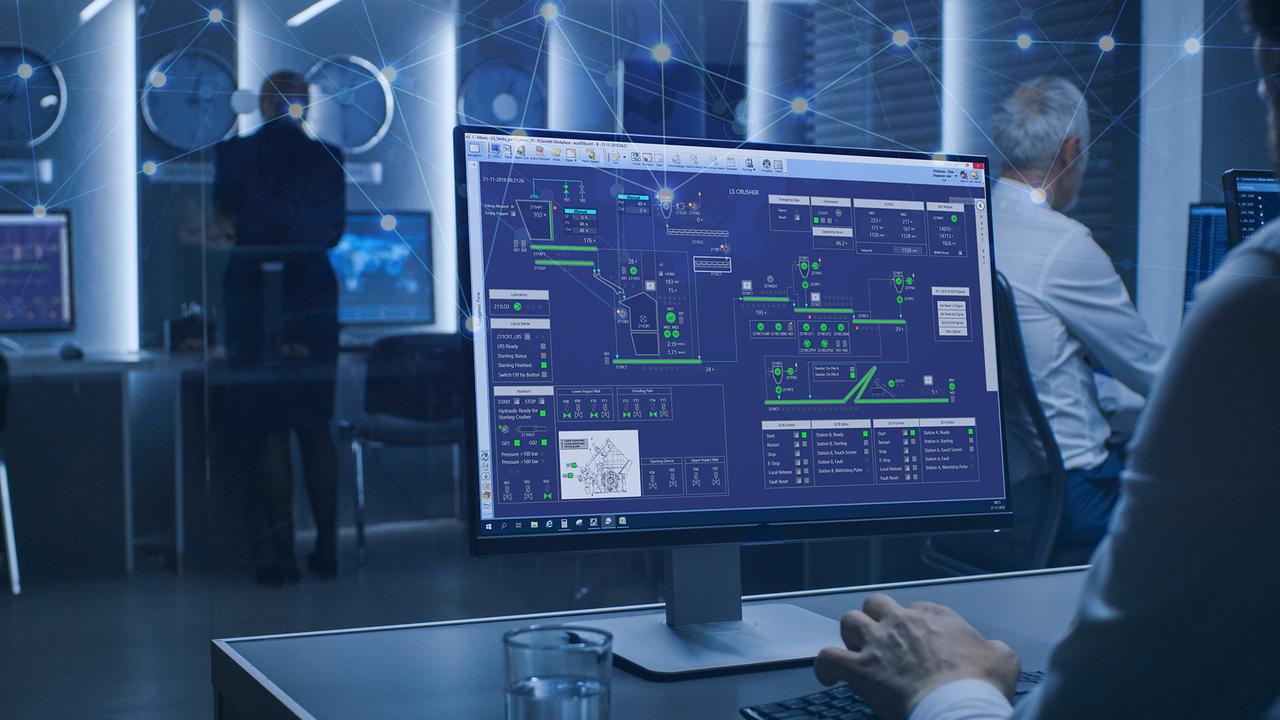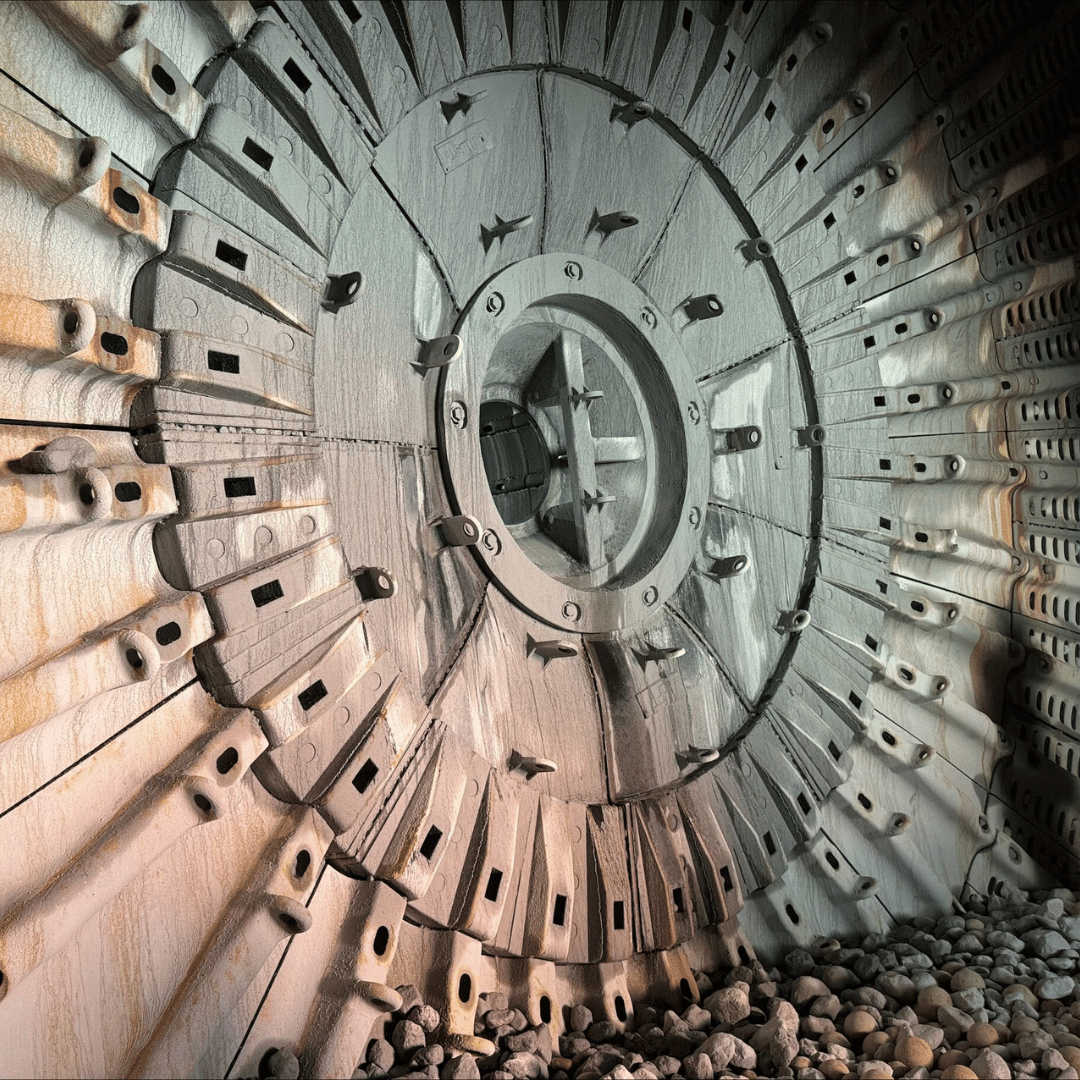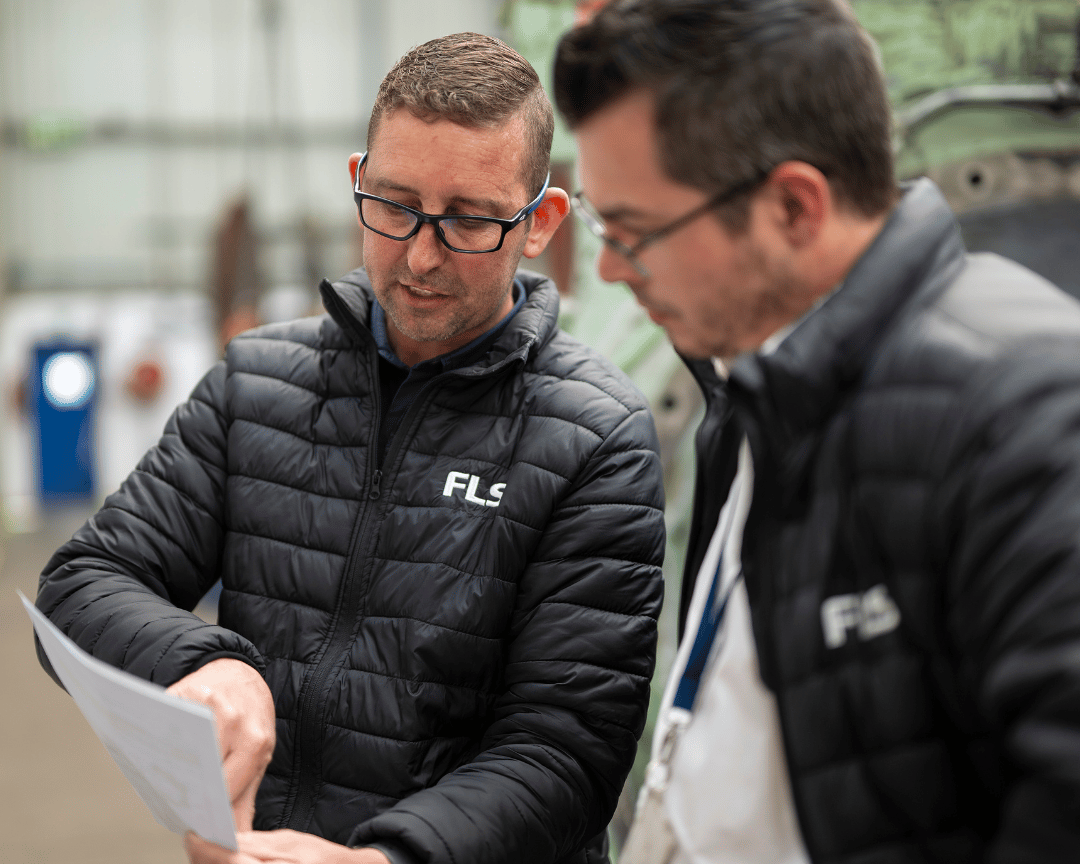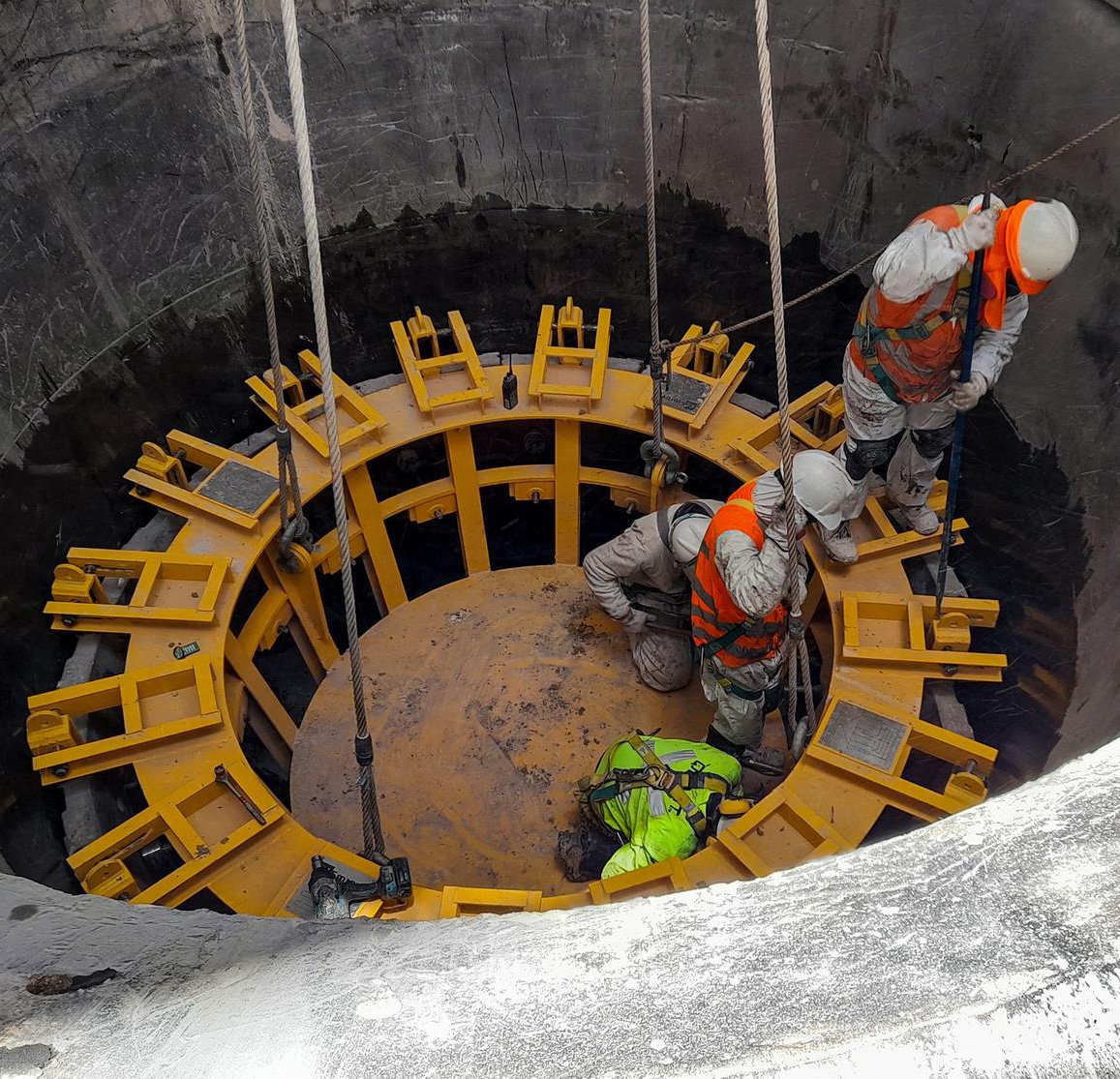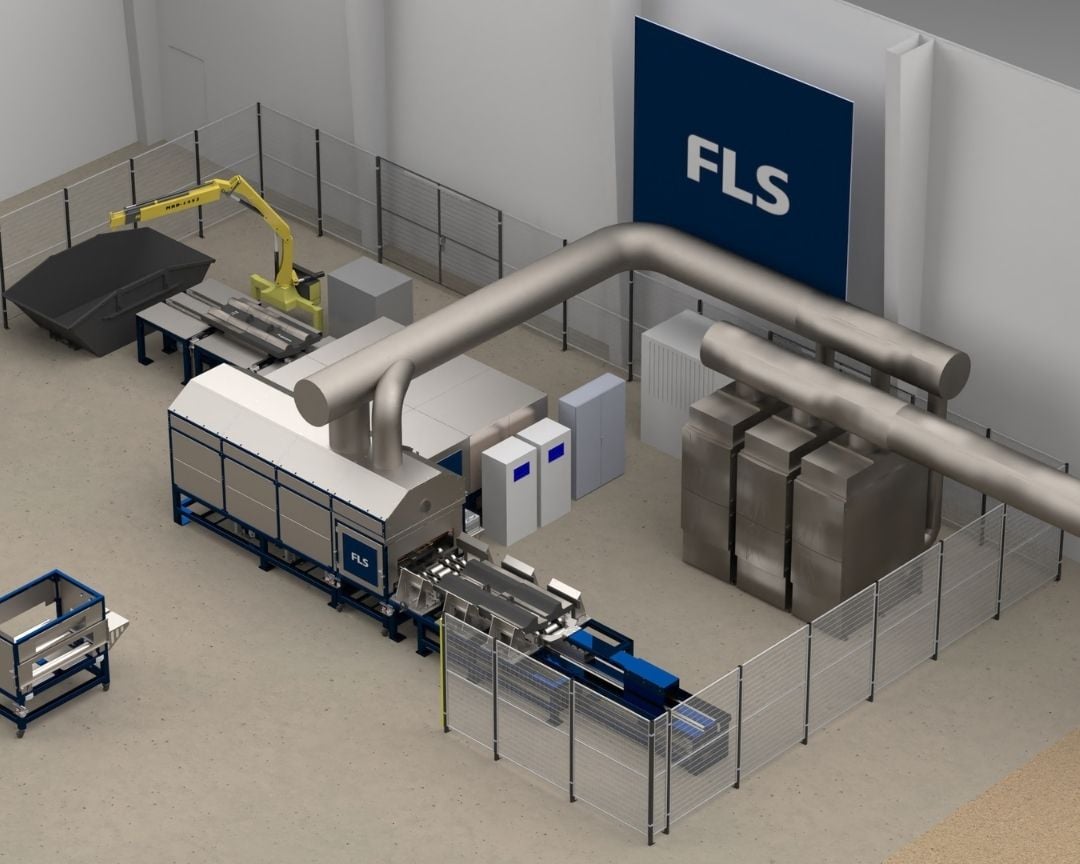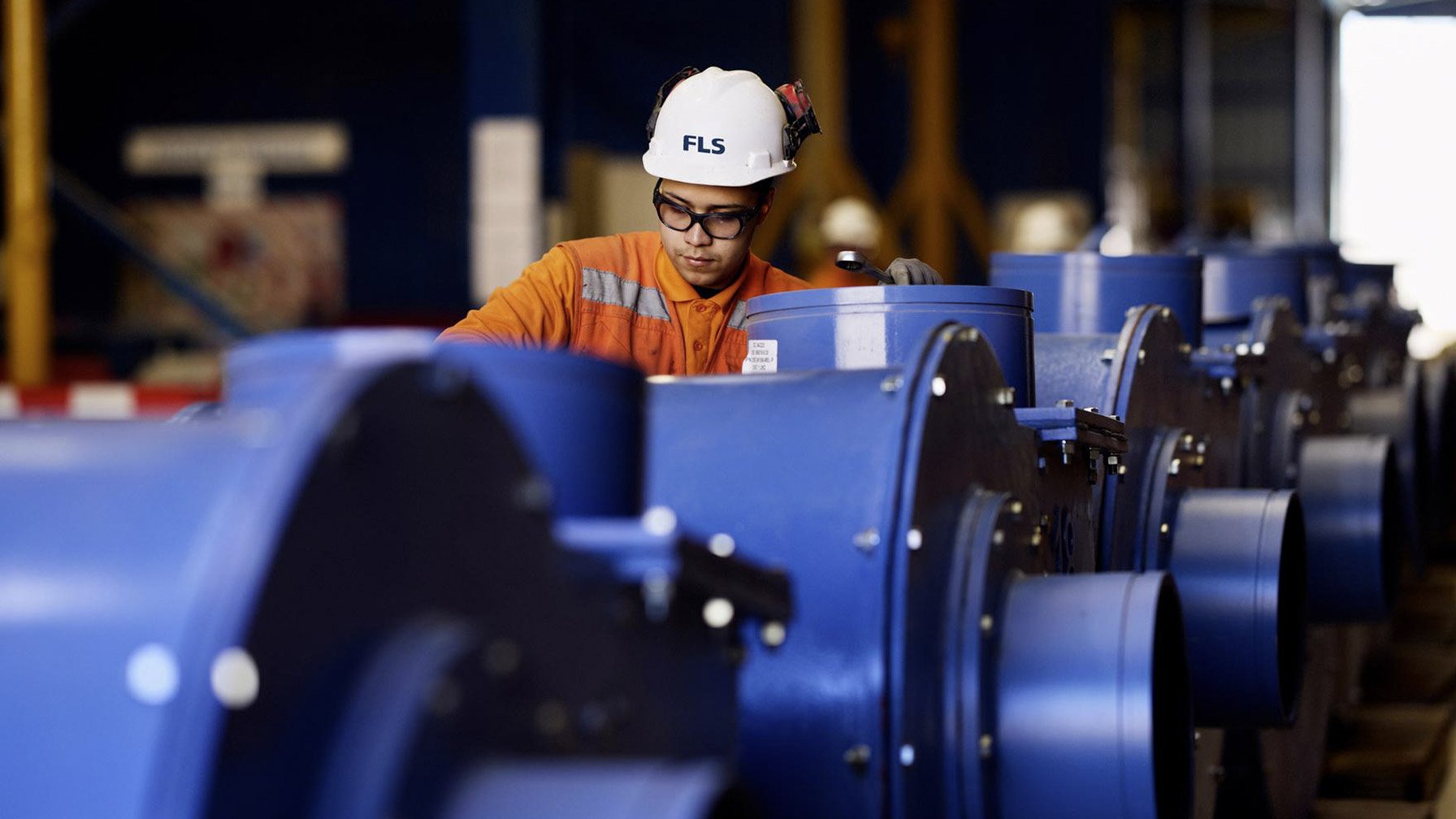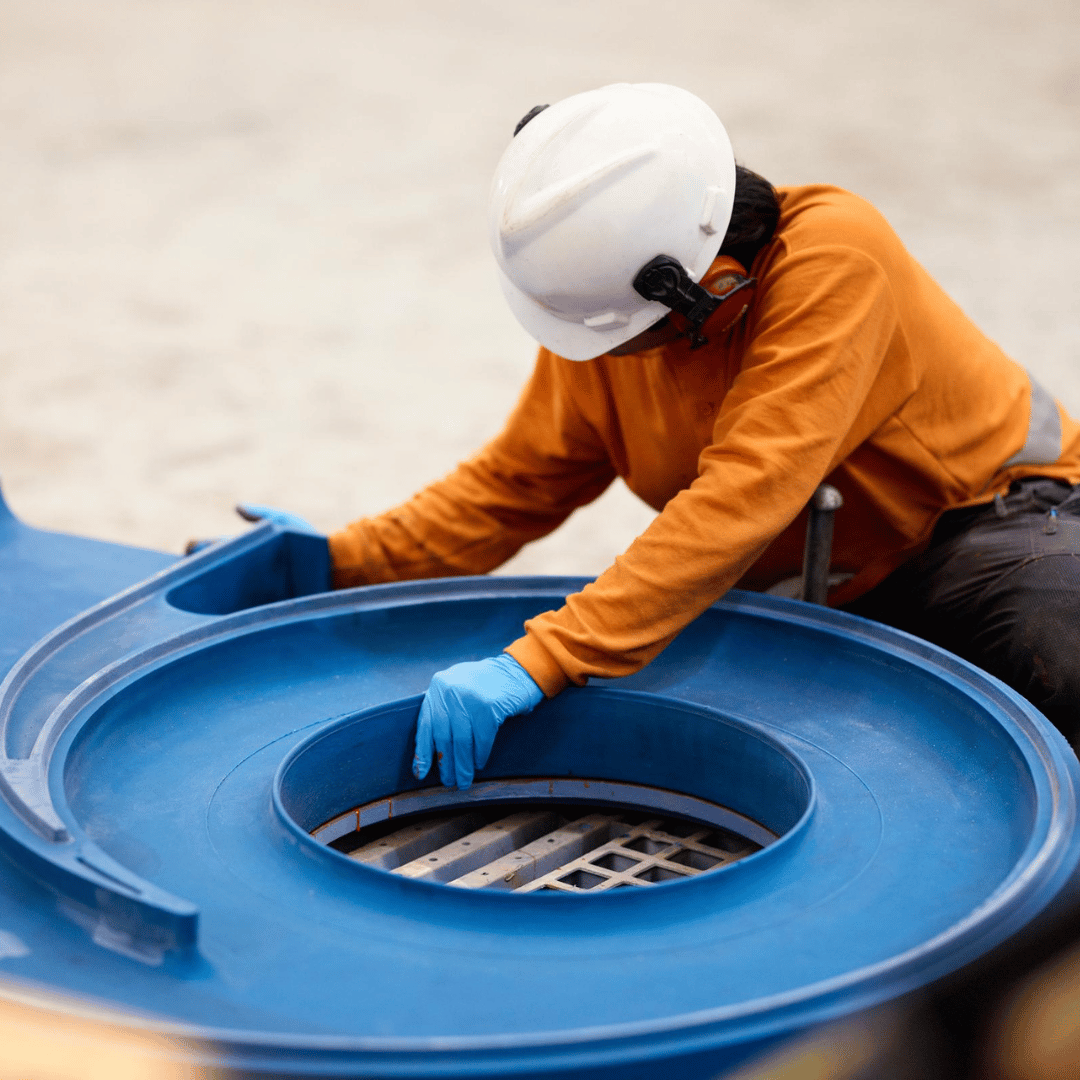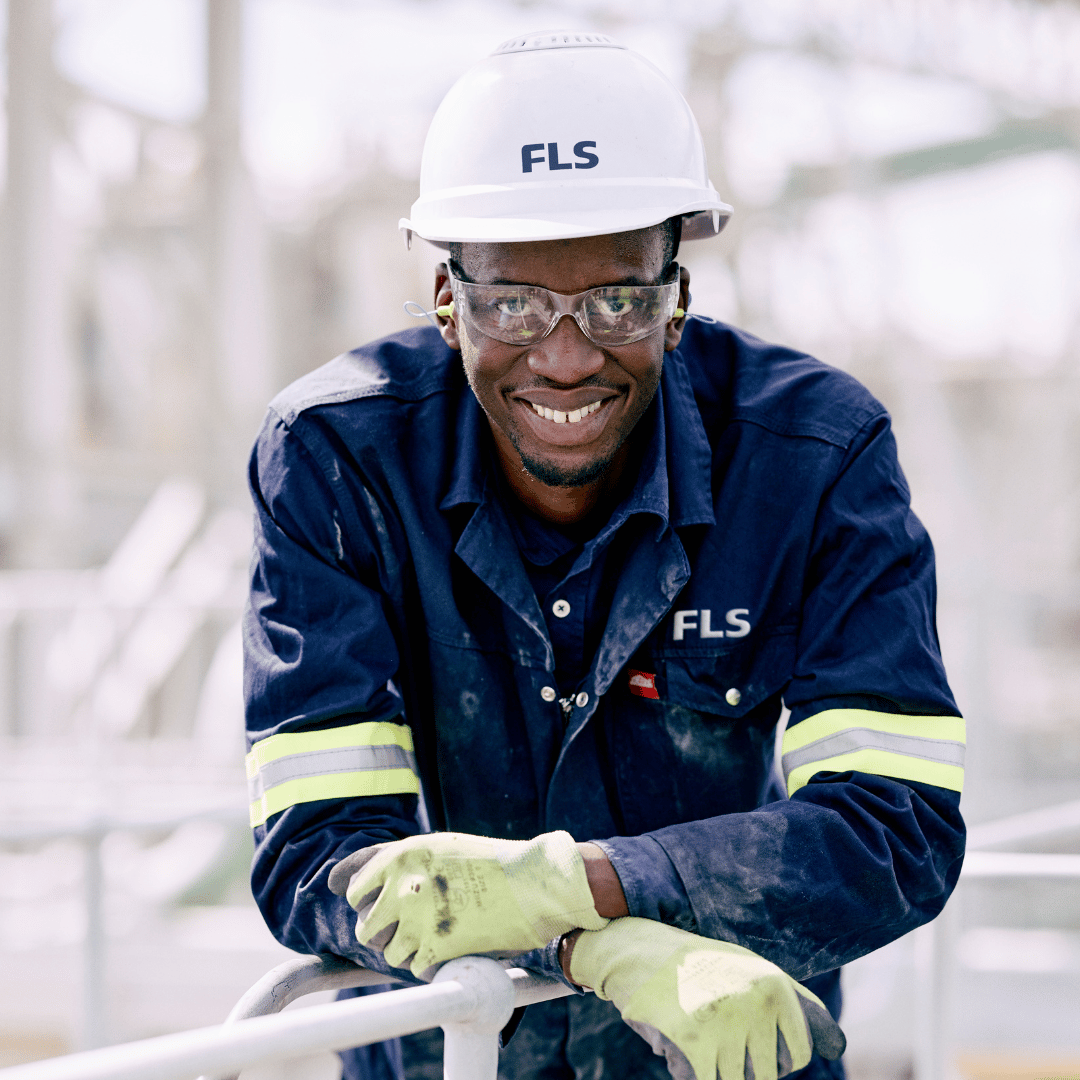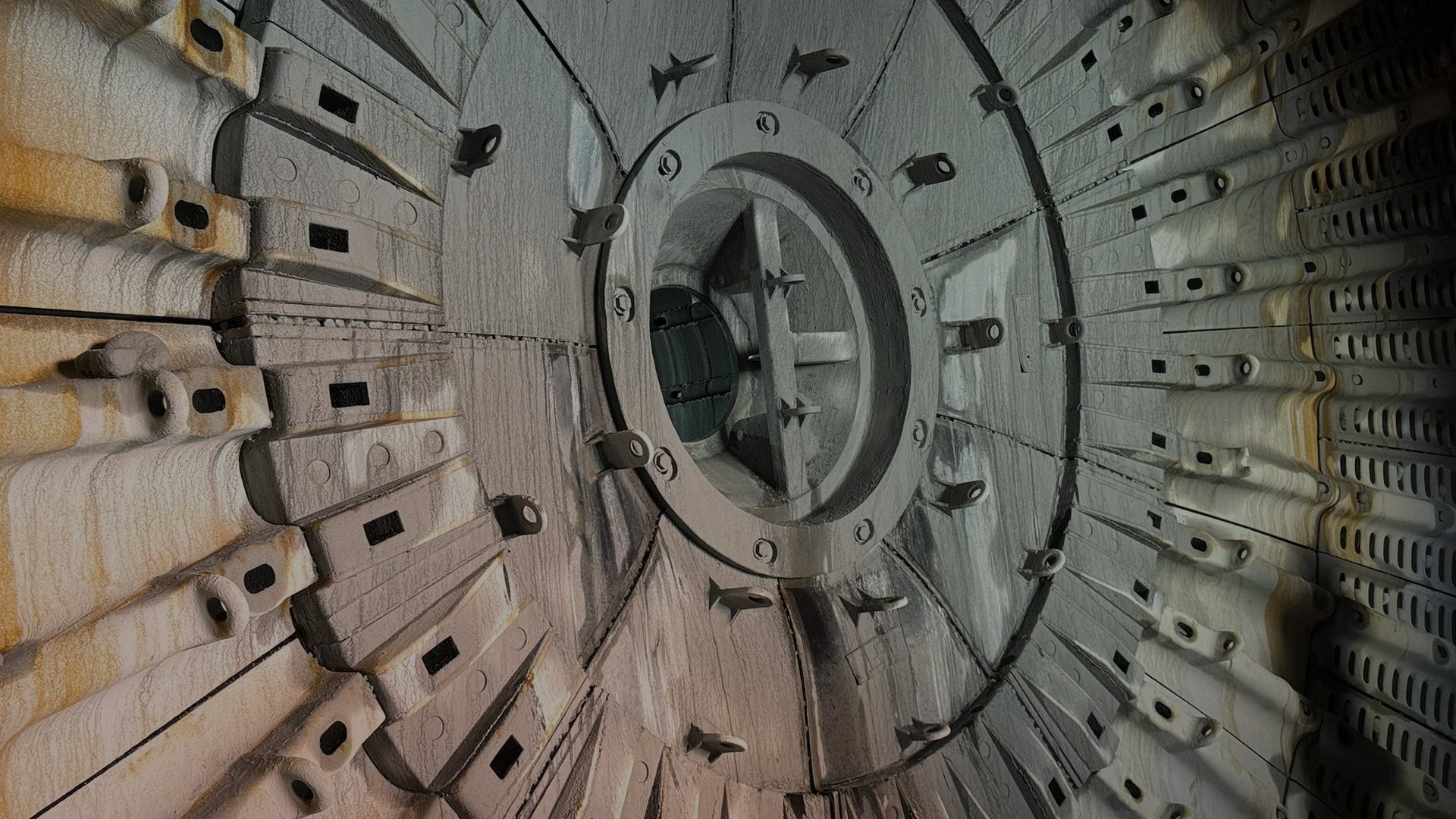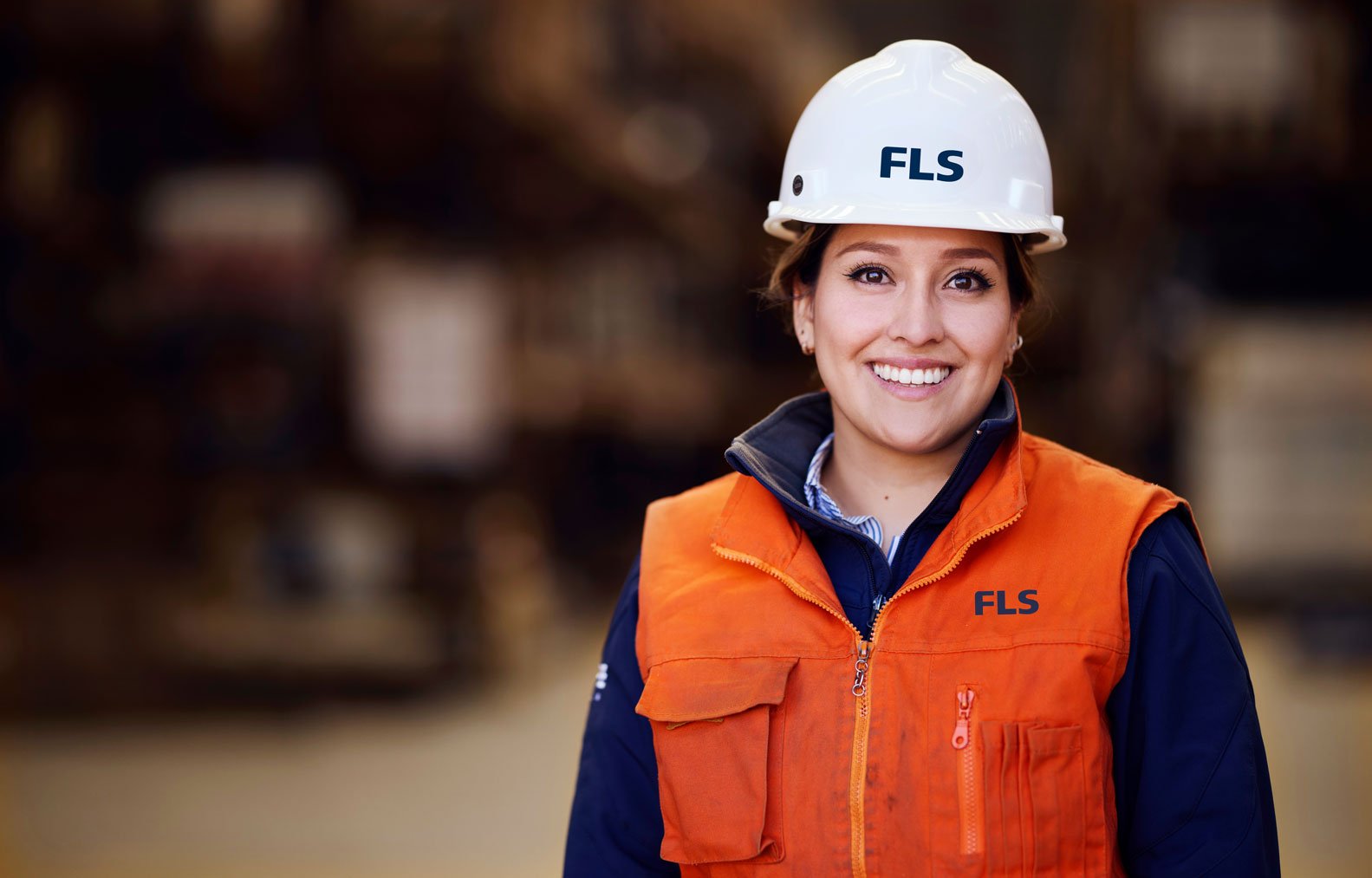Maximise productivity with mining equipment parts and services
Across our portfolio, productivity is our watchword. That’s why we have developed the strategic global presence and advanced service-based solutions required to provide responsive support, wherever you are.
- Strong inventory of OEM spare parts and consumables in service centres around the world
- Regional and global field engineers, plus remote asset health and performance optimisation services
- Mineral laboratory services for fast, accurate mineralogical and metallurgical testing
- Upgrades, rebuilds and exchange services to help you get more from your equipment
